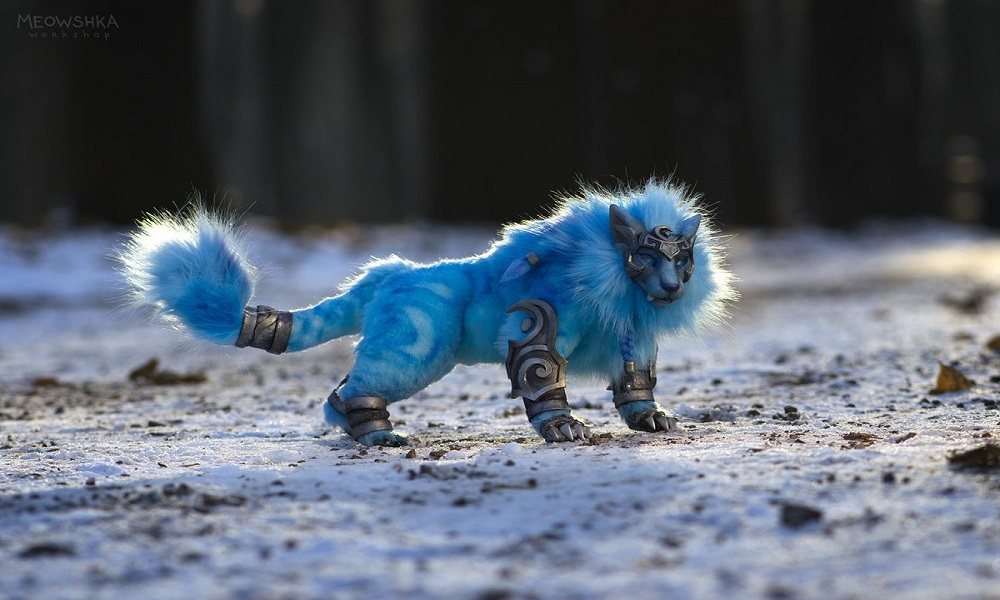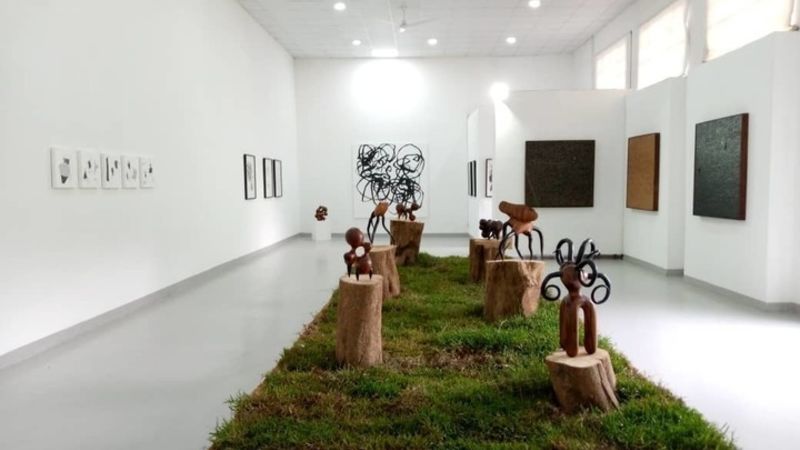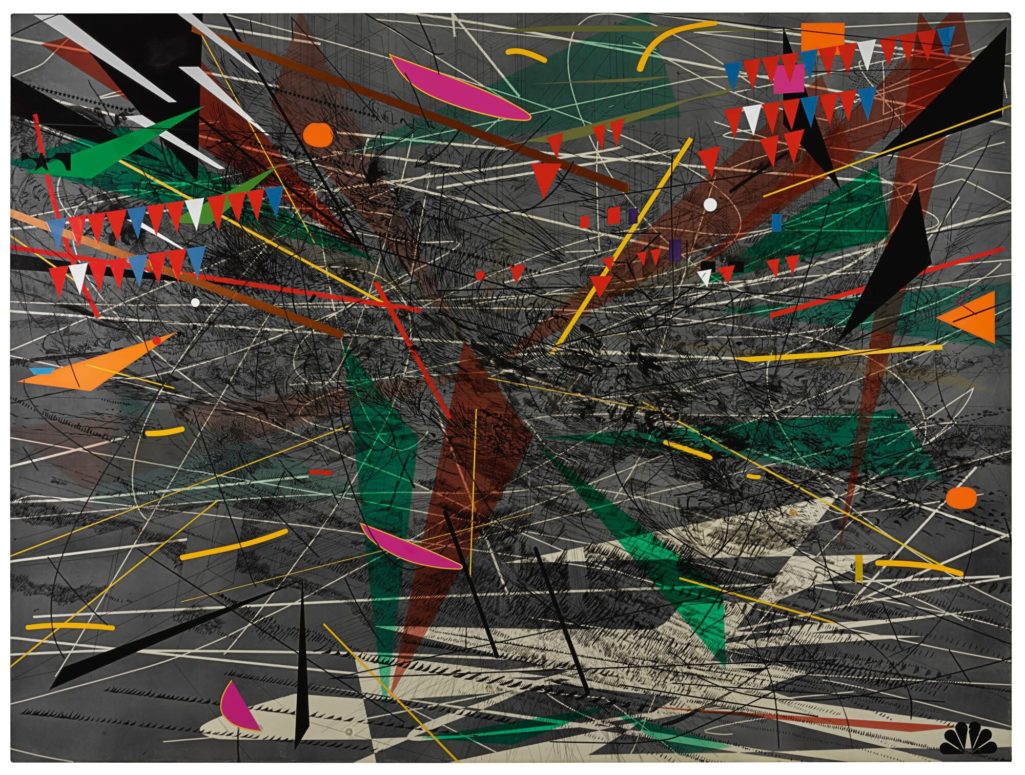World Art Day: 7 Unusual Materials Used In African Art

African art is versatile and comes in different shapes and sizes. Perhaps, this fascination was the reason behind the looting of African artworks by colonial masters. World Art Day provides an avenue through which the world can discover the dynamism and continuity of African art. As the 2021 celebration draws near, it is important for us to look at the evolution of African arts. But what is World Art Day and how did it start?
What is World Art Day?
This is a day set aside to celebrate and promote the enjoyment, diffusion, and development of art across the world. Each year, nations celebrate World Art Day on April 15. These celebrations go a long way in reinforcing the connections between artistic works and society. Also, they highlight artists’ contribution to sustainable development and encourage a greater cognizance of the diverseness of artistic expressions.
The International Association of Art (IAA), which is a partner of UNESCO, adopted this day to promote the awareness of art worldwide. In 2011, IAA proposed the celebration of World Art Day during its 17th General Assembly held in Guadalajara, Mexico. Consequently, the first World Art Day celebration was held in 2012, supported by over 100 artists from around the world.
The Association chose April 15th in honor of Leonardo da Vinci’s birthday. Leonardo is regarded as a symbol of freedom of expression, world peace, brotherhood, and multiculturalism. Also, he is a testament to the impact of fine arts on different fields.
What is the Theme for World Art Day 2021?
The theme of the 2021 celebration is “You’re Not Alone”. In her message to the world, Audrey Azoulay, UNESCO’s Director-General, said,
“With hundreds of thousands of people directly affected by the virus and billions more either in lockdown or battling the pandemic on the front lines, this World Art Day is a timely reminder that art has the power to unite and connect in times of crisis.”
“Since March 2020, we have seen a multitude of artists and institutions lead resilience-building cultural initiatives. The time of COVID-19 is thus, undeniably, also a time of opening up towards others and to culture, which reinforces the relationship between artistic creation and society.”
There is a lot that people can learn from African art and artworks from other cultures. So, on this day, UNESCO urges everyone to celebrate and appreciate art through different activities. These include cultural events, workshops, conferences, debates, exhibitions, and presentations.
What makes African Art Unique?
Many people are captivated by African art because of its unique designs and features. These attributes reflect the diverse and rich history and culture of different tribes and places in Africa. Most African artwork comes in forms such as dolls, paintings, masks, and sculptures. Several aspects differentiate art in Africa from artworks from other parts of the world.
For example, Western artwork tends to be produced under strict canons of representation. But many societies in Africa encourage creativity and innovation in both form and style among their artists. African art favors visual abstraction more than naturalistic representation. Besides, it is more inclined to three-dimensional creations than two-dimensional art. Thus, African art is mostly in performance contexts and tends to portray multiple of meanings.
Growth of African Art
The origins of art in African go far beyond documented history. For example, the rock art in the Sahara Desert preserves carvings that are believed to be 6000 years old. The earliest sculptures in Africa are associated with the Nok culture of Nigeria.
Over the years, the African culture has evolved and transformed in form and meaning. Today, Africa is full of contemporary art culture. What makes African art fascinating is not just how it is produced but also the unique materials that create it. This begs the question: What are these materials?
7 Unusual Materials used in African Art
1. Stones

2. Ivory

Ivory from elephant tusks is an expensive, luxurious, and symbolic material. The value of ivory stems from its qualities such as strength, demand, smoothness, and density. Usually, ivory artwork is created through calving. Artists who create wood carvings can also carve ivory. This is because the process of producing artwork from these two materials is similar.
Ivory artwork in many African societies often symbolizes power, strength, and leadership. Although ivory is not common in contemporary African art, it was a popular art material in ancient societies. In the ancient Benin Kingdom, the use of ivory artwork was exclusively to symbolize royalty. In DR Congo, ivory artifacts were a reserve for political leaders.
3. Bronze

4. Clay

Clay is the most abundant art material in Africa. Creating clay ceramic vessels is a popular technique in Africa. Traditionally, the technique is mostly performed by women. Seasoned potters use their hands to mold art vessels without a potter’s wheel. Clay is the most basic African art material and for this reason, its use across the continent is highly developed.
Clay is not only used in artwork but also as a building and decoration. Figurative objects, vessels, and terracotta’s Nok are examples of clay art in Africa. Traditional methods of making clay artifacts are widely used across Africa. However, potters continue to adopt new technologies in clay work to scale their production.
5. Beads

These art materials have intrinsic flexibility that enables African artists to convey identity, political, and religious messages. In ancient times, African artists made beads from organic materials such as seeds, shells, and bones. Contemporary artists are however using imported glass beads because they are readily available.
6. Threads

In West Africa, women use threads to weave wide lengths of clothes on vertical looms. Men. on the other hand, weave narrow, long strips on horizontal looms. Then, artists decorate the woven piece to produce beautiful African art. Some common decoration methods include stamping, painting, and dyeing. Common examples of thread art products include baskets and hats.
7. Animal skin

Conclusion
Art nurtures cultural diversity, innovation, and creativity among African artists. It plays a significant role in preserving culture, sharing knowledge, and fostering dialogue. These are qualities that African art has always had. Thus, World Art Day is a great initiative that will help the world to discover and appreciate art in Africa. Also, it fosters platforms that seek to promote and protect artists and artistic freedom.







Responses